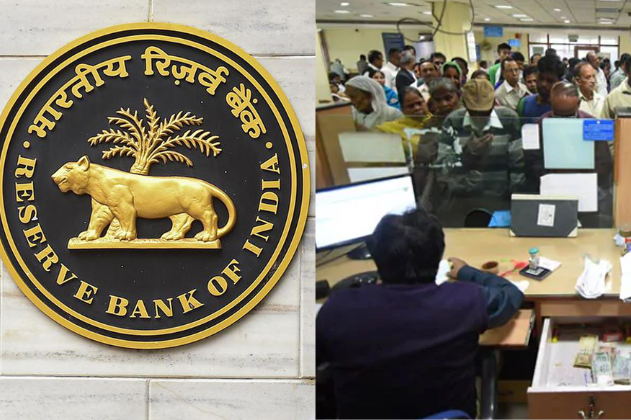Introduction:

RBI has increased the risk weight asset requirement for lenders yesterday. let’s take a look at these new rules and let’s view on the same and what Bankers have said earlier so for banks in consumer credit all loans except housing loans ,Education Loans, vehicle loans ,and jewelry loans, would attract 125% risk rate assets that is Risk-weighted assets, or RWA from 100% earlier credit cards for banks will attract RWA off about 150% up from 25% that was there earlier loans to Nbfcs that is non-banking financial companies that will attract 125% RW up from 100%.
Earlier now banks with high unsecured book is RBLBank, Idfc First Bank and ICICI Bank banks with low unsecured book is PNB ,AU small Finance bank and Kotak Mahindra bank for NBFCS. RBI has mentioned that unsecured loans excluding micro Finance institutions and the same of loans that I have mentioned for the banks will have an RWA increase to about 125% from 100% earlier credit cards for nbfcs will attract RWA of 125% up from 100% earlier loans from banks will come in at a higher interest rate for nbfcs as well so nbfcs with high unsecured book is SBI card 100% credit card over there.
Aditya Billa capital and Sundram finance nbfcs with low unsecured book is IFL Finance, L&T Finance etc. So RBI had in September 2019 reduced the risk weight requirement on unsecured retail lending or Consumer loans so personal loans back then had its risk weight assets or RWA reduced to 100% from 125% earlier this was done to help in reducing the cost of such loans to lenders the impact on Capital adequacy ratio in terms of analyst estimate for SBI card . CL estimates basis point decline Access Capital estimates of 416 basis point Decline and BofA Securities estimates a 466 basis point decline for Baj finance .
City expects more than 190 basis point decline in capital adequacy ratio CLSA estimates are 230 basis point Decline and Access Capital estimates of 240 basis point decline amongst nbfcs for pamel Enterprise City estimates more than 100 basis point decline in capital adequacy ratio for L&T Finance City estimates of 55 basis point decline for shiram finance and chola finance .City estimates anywhere between 20 to 30 basis point decline in the capital adequacy ratio amongst Banks HDFC Bank ,Axis Bank bank of Baroda, Federal bank over here City estimates a 40 to 50 basis point decline in the capital adequacy ratio for SBI,PNB,Au small Finance Bank .
City estimates a 30 basis point decline in the capital adequacy ratio RBL Bank ,ICICI bank, Kotak Mahindra bank and Indian Bank .City estimates less than 25 basis point decline in the capital adequacy ratio amongst fintech .CLSS suggest observing the impact on the growth of fintech intermediaries like PAYTM with the expectation that it won’t be a large impact on them .
The regulatory move aims to manage and mitigate risks in the financial sector.


